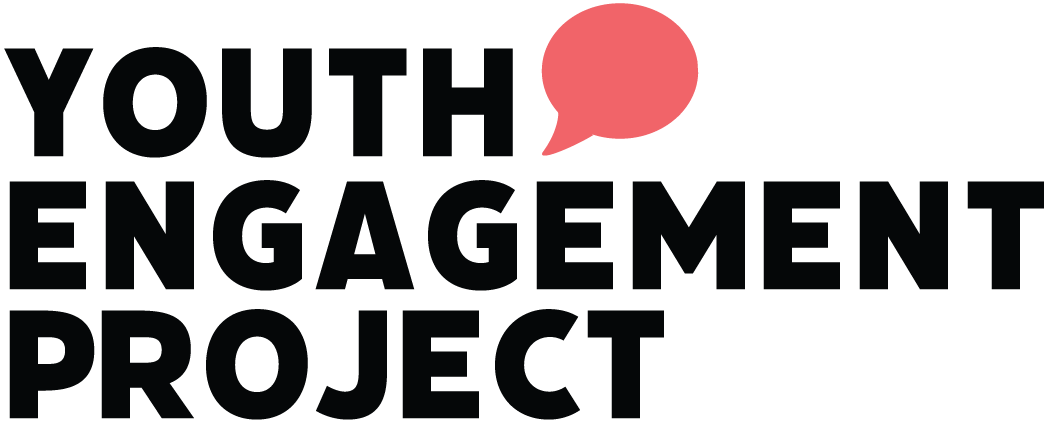What is the Hidden Cost to Communication of Growing Up in a Tech-Driven World?
Practice makes perfect… right?
But what if the practice is declining?
In a world where most young people have never had to call to book a doctor’s appointment or strike up a conversation with a stranger to get directions, the impact is becoming clear - we’re facing a generation with less practice in in-person communication than ever before.
Swipe, tap, type, send. For today’s young people, connection is often instant, but it’s also filtered, edited, and safe. In many circumstances, they can pause before replying, rewrite a message, or even leave a conversation without the discomfort of eye contact or the pressure of real-time reactions.
When young people have fewer opportunities to engage in real-time, face-to-face communication, they don’t just lose out on a skill - they lose out on an experience. And without that experience, we’re reducing opportunities that build confidence, resilience, and authentic connection.
This isn’t just a shift in how they communicate — it’s a shift in who they become as communicators.
Imagine a Year 11 student who can effortlessly express themselves in a group chat but struggles to speak up in a classroom discussion.
Imagine a Year 12 student who writes compelling arguments in an essay but can’t maintain eye contact during an interview.
These aren’t just isolated examples - they’re part of a larger trend.
When young people have fewer chances to communicate face-to-face, they miss out on developing skills that are essential not only in school but in life.
So, what are the hidden costs to communication?
We work with schools, parents, youth organisations, community services, and do truckloads of research on this topic - the hidden costs are 4-fold:
1. The Courage to Communicate Authentically
Without real-world practice, young people miss the chance to face and manage the nerves that naturally come with speaking in front of others.
They may become more comfortable expressing themselves behind a screen, but struggle with anxiety when stepping up to speak in person.
2. The Skills to Communicate with Confidence
When most communication is typed, students lose the opportunity to understand how their voice, body language, and eye contact impact their message.
They may know what they want to say, but without non-verbal awareness, their message can feel flat, disconnected, or be misinterpreted.
3. The Clarity to Express Ideas Effectively
Clear communication doesn’t just mean choosing the right words - it means structuring ideas so they are easily understood.
Without regular practice in expressing thoughts out loud (which is, let’s be honest - an art) young people can become dependent on filler words, scattered ideas, or overly complex language that confuses their audience.
4. The Elements that Drive In-Person Connection
True influence doesn’t come from relying on polished words alone - it comes from presence, empathy, and shared meaning.
Reading social cues, building rapport, and authentically connecting with others is the gateway to meaningful communication.
Having shared the hidden costs, let’s not get caught in the thinking that it’s all bad news here…
Young people today are tech natives - they are fluent in digital connection, creative in how they share ideas, and adaptable in rapidly changing environments. These are phenomenal strengths.
But alongside these skills, we have a responsibility to ensure they also develop the tools for real-world, in-person communication. Because while their world may be digital, their ability to connect, lead, and express themselves in-person will always matter.
Let’s continue to support them - not just to be great digital communicators, but to be confident, clear, and connected voices in any room they enter.
We’ve designed Student Public Speaking Workshops that that meaningfully and intentionally address these hidden costs - equipping young people with the courage, confidence, clarity, and connection they need to thrive.
We’re on a mission to ensure that every young person doesn’t just have something to say - but knows how to say it, with confidence, purpose, and presence.
Effective communication tools empower students not just to share their ideas, but to shape how they’re heard
Learn more about our Student Public Speaking Workshops here.


